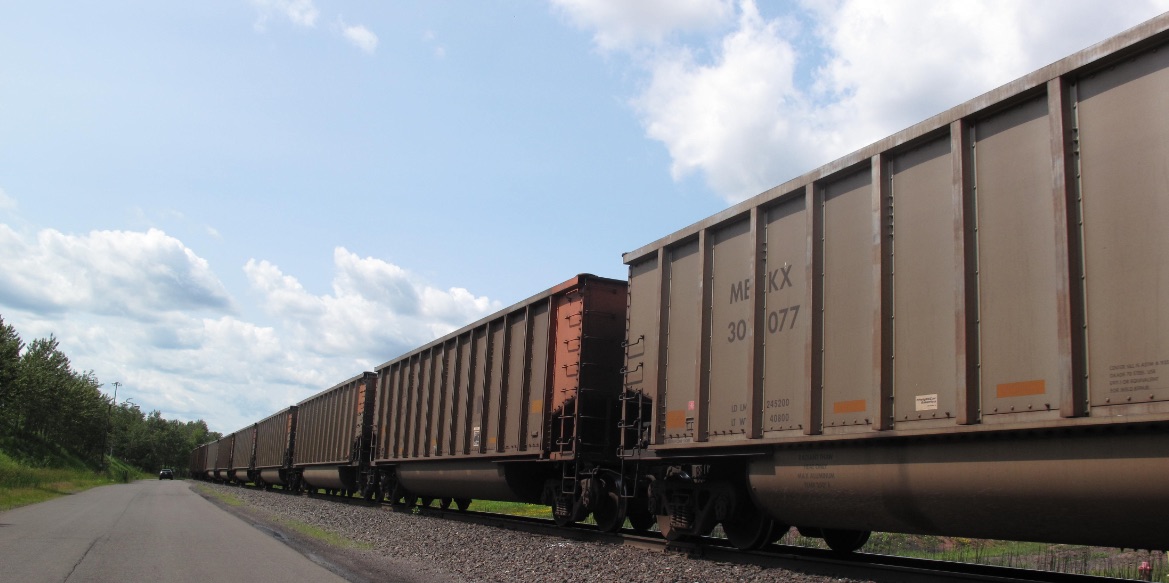The movement of hazardous goods on rail and highways multiplies the potential consequences of any crash. Critical rail and highway corridors transect rural areas and crashes can result in impacts to low income or minority communities, natural resources, and the many smaller towns. Additionally in rural areas, emergency resources are less likely to be available, or […]
Category: Rail
The objective of this study is to review the STB rail waybill data, analyze it, and examine the adequacy of the data for state freight rail planning and operations decision-making. The study reviews waybill data, focusing on aspects including accessibility, composition, quality, and usability of the data. It compares the waybill data against alternate databases, […]
BNSF Railway Co. has issued a request for proposals (RFP) to major rail-car manufacturers to submit bids for the construction of 5,000 “next-generation” tank cars that will be used to transport crude oil. The tank cars are to be built to exceed the new stronger standards the rail industry voluntarily adopted in October 2011 for […]
The Michigan Department of Transportation (MDOT) has published a state rail plan designed to guide freight and passenger rail development for the next 20 years. This plan aims support a rail system that provides “enhanced mobility for travelers and the efficient movement of goods, while supporting economic development and environmental sustainability.” For more information, visit […]
Officially adopted in 2009, Connections 2030 is the long-range transportation plan for Wisconsin. The plan addresses all forms of transportation; integrates transportation modes; and identifies policies and implementation priorities to aid transportation decision makers when evaluating program and project priorities over the next 20 years. Connections 2030 is a comprehensive transportation plan for moving people […]
The Winter 2011 edition of the MAFC Freight Notes is now available. This issue contains: The Far Reaching Effects of Panama Canal Expansion No Free Lunches MARAD Listening Sessions DOC Listening Sessions Michigan State Rail Plan This edition of Freight Notes is also available as a print-friendly PDF.
Since it opened in 1914, the Panama Canal has been a vital part of international trade. However, the growth of worldwide shipping over the course of the last century has increasingly strained the Canal’s capacity, causing the Panama Canal Authority (ACP) to estimate in 2006 that the Canal would reach its current operating capacity before […]
The US Departments of Commerce (DOC) and Transportation have recently broken new ground. They are cooperating on a series of public meetings in which members of the private sector have been asked to come and discuss their concerns and ideas about transportation. This is new ground because the agencies are dealing with a fundamental issue […]
This article was contributed by Larry Karnes, Michigan DOT With hundreds of public comments and notes from dozens of stakeholder outreach meetings in hand, the Michigan Rail Plan team is rounding the bend toward completing MDOT’s first major rail plan in decades. The lead consultant, HNTB Michigan, Inc. is on-track to deliver the draft document […]
The Association of American Railroads has published an interactive snapshot of the US railroads, with state-by-state views. Here is state-specific information for the ten states of the MVFC. Illinois Indiana Iowa Kansas Kentucky Michigan Minnesota Missouri Ohio Wisconsin

